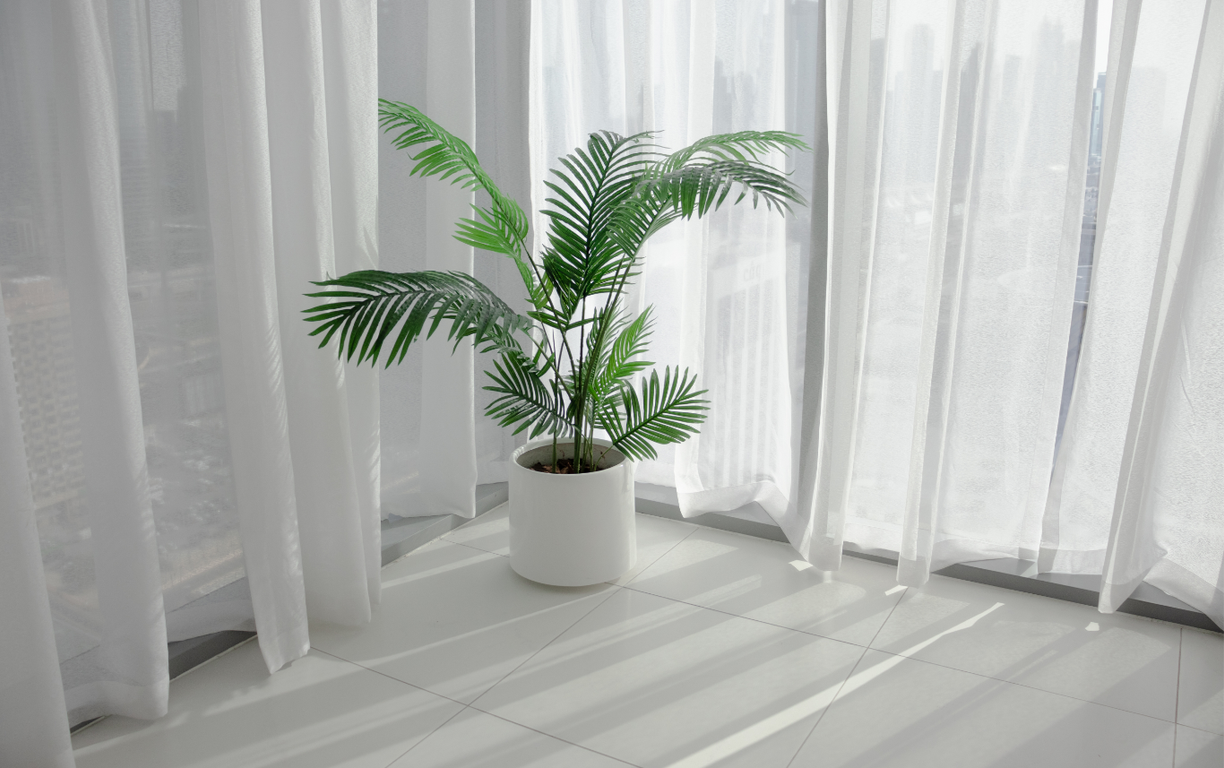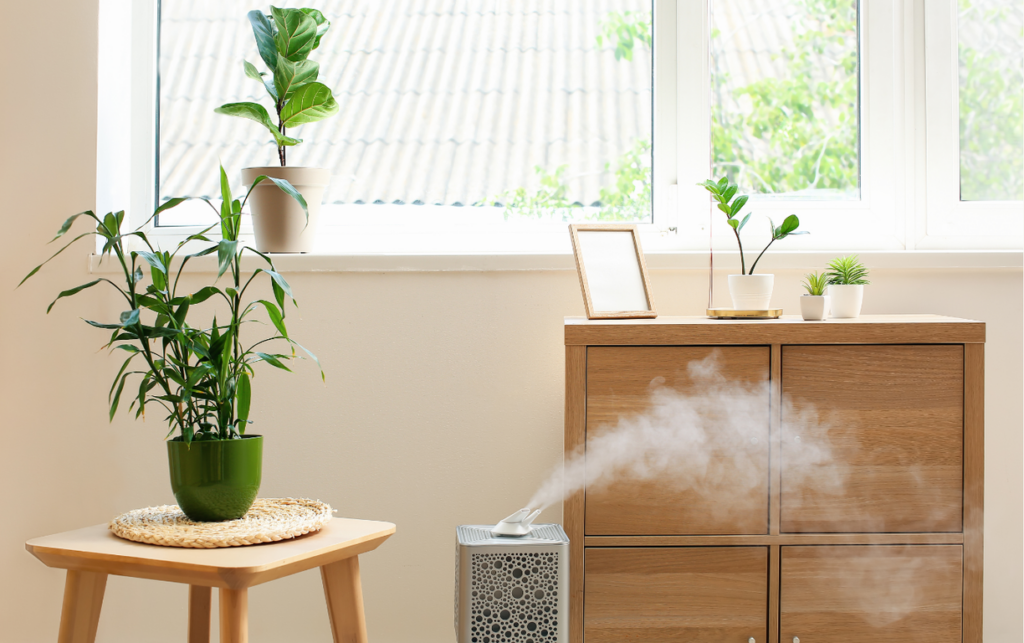Physical Address
304 North Cardinal St.
Dorchester Center, MA 02124
Physical Address
304 North Cardinal St.
Dorchester Center, MA 02124

Humidifiers can be a lifesaver during dry seasons, helping to ease respiratory issues and keep your skin hydrated. However, they’re not always the answer. In certain situations, using a humidifier can do more harm than good. Knowing when to put it away is just as important as knowing when to use it.
If you’ve ever wondered whether your space truly needs that extra moisture, you’re not alone. This
Humidifiers can be a lifesaver during dry seasons, helping to ease respiratory issues and keep your skin hydrated. However, they’re not always the answer. In certain situations, using a humidifier can do more harm than good. Knowing when to put it away is just as important as knowing when to use it.
If you’ve ever wondered whether your space truly needs that extra moisture, you’re not alone. This article dives into the scenarios where a humidifier might not be your best friend. From mold growth to respiratory problems, understanding these pitfalls can help you create a healthier living environment. Get ready to discover when it’s time to skip the humidifier and embrace a drier atmosphere instead.

Humidifiers increase moisture levels in the air, enhancing comfort and health during dry conditions. These devices are especially useful in winter when indoor air often becomes excessively dry. Here are key points to consider regarding humidifiers:
Understanding these aspects helps you make informed decisions about when to use a humidifier and when to avoid one.
Humidifiers serve specific purposes but can also lead to adverse effects under certain conditions. Recognizing these instances helps maintain a healthy indoor environment.
Avoid using a humidifier in areas where humidity exceeds 50%. Excess moisture fosters mold growth and dust mites, which can trigger allergies and respiratory issues. Measure humidity levels with a hygrometer, and stop using the humidifier if levels are high.
Don’t use a humidifier if you or others in your home suffer from asthma or allergies. While humidifiers may help some, they can also worsen conditions for sensitive individuals. Opt for dehumidifiers in these cases to manage humidity effectively and reduce irritants.
Steer clear of humidifiers near electrical outlets or appliances. The presence of water increases the risk of electrical hazards. Ensure you place the humidifier on a stable surface away from cords to minimize accidents.
Certain weather and indoor conditions indicate when to avoid using a humidifier. Understanding these signs helps you maintain optimal living environments.
High humidity levels in the outdoors signal that a humidifier isn’t necessary. When outdoor humidity exceeds 50%, indoor moisture levels can also rise, leading to issues like mold growth and increased allergens. Additionally, in regions with frequent rain or damp climates, a humidifier can add unnecessary moisture to the air, exacerbating humidity-related problems. Monitor local weather reports to determine if humidity levels are already elevated.
Specific indoor conditions suggest that a humidifier may not be beneficial. If you notice condensation on windows or walls, it’s likely that humidity levels are too high. This excess moisture can promote mold growth and damage building materials. Similarly, if you observe mold presence or musty odors, it’s essential to reduce humidity rather than add more. Lastly, consider the health of household members; if anyone experiences an increase in respiratory issues or allergies indoors, reduce humidity levels by avoiding humidifier use.
When humidity is a concern, various alternatives exist to increase moisture levels without using a humidifier. These methods can effectively enhance comfort while maintaining a healthy indoor environment.
These alternatives offer effective solutions to manage humidity levels without relying on humidifiers, promoting a healthier living environment.
Knowing when to avoid using a humidifier is just as important as understanding its benefits. Be mindful of your indoor humidity levels and watch for signs that indicate excess moisture. If you notice condensation on windows or detect musty odors it’s best to steer clear of adding more humidity.
Instead consider alternatives like dehumidifiers or natural methods to maintain a comfortable environment. By staying aware of your surroundings you can protect your health and ensure your living space remains pleasant year-round. Make informed choices and enjoy the benefits of a well-balanced humidity level in your home.